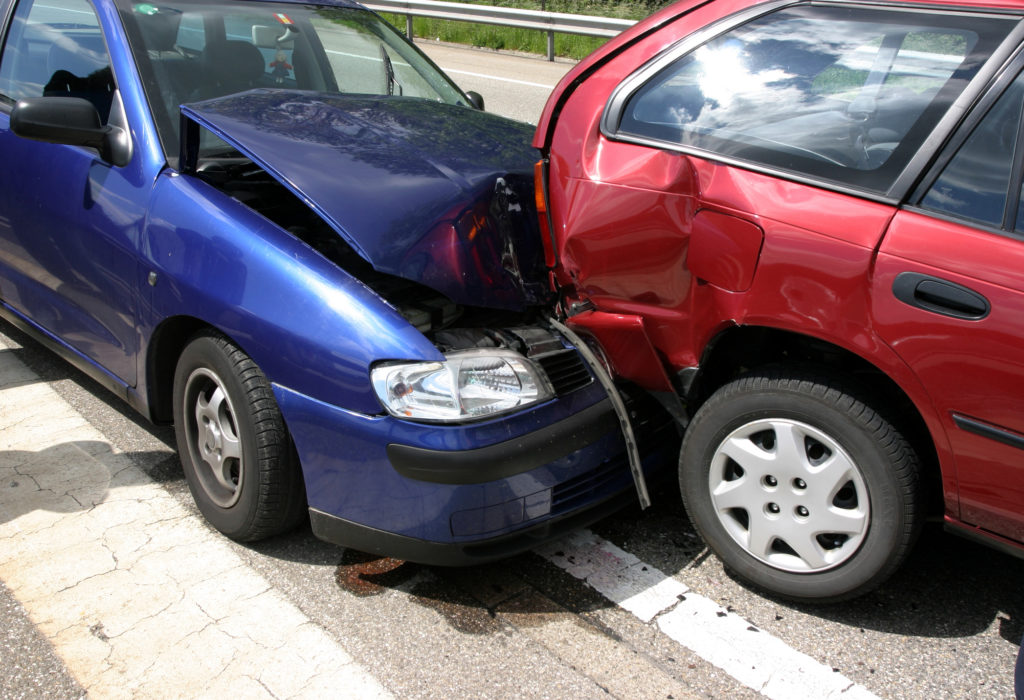Car accidents happen in a number of ways. From high-speed head-on collisions to fender benders, the scenarios are almost infinite. As per the National Highway Traffic Safety Administration, nearly 6 million accidents take place every year in the U.S.A. Out of these, almost one third are rear-end collisions, which result in almost 1,700 fatalities and 5,00,000 injuries. If you want to learn more about rear-end accidents, continue reading.
What Causes Rear-End Accidents?
Rear-end accidents occur when a driver either does not apply brakes in enough time or does not apply breaks at all, which results in a collision. While traffic, weather and road conditions can be blamed, mostly, read end collisions happen due to driver’s negligence. Some of the major reasons for rear-end accidents are:
· Aggressive driving
· Going too fast for the conditions
· Reckless driving behavior such as improper passing and tailgating
· Distracted driving due to cell phone usage
· Driving under the influence of specific prescription medicines, alcohol, or drugs
· Ineffective brakes in the car
Establishing Fault for Rear-End Accidents
The car that hits the vehicle in front is usually considered to be negligent and at fault. It is, after all, a driver’s duty to follow a safe distance from the vehicle in the front. It is because drivers sometimes unexpectedly come to a stop or slow down to prevent a hazard in the road, or due to traffic congestion. The driver of the rear vehicle would be blamed for the collision if they:
· Fail to stop in a reasonable time
· Fail to look out for hazards and pay attention to the road
· Fail to control the vehicle
· Fail to follow a safe distance
However, what you need to learn is that the car in the front can be negligent as well, causing rear-end collisions. Consider the following cases.
· The driver suddenly reverses
· The driver stops to make a turn but fails to do so
· The driver’s brake lights are not functioning
· The driver suddenly stops
It is difficult to decipher whose negligence led to the accident. At times, both of the drivers are considered to be at fault. In such cases, the legal impact of the negligence depends on how much each driver’s negligence contributed to the collision. There are two ways:
Contributory Negligence: Very few states still follow this system. Under this law, if driver A can prove that the negligence of driver B contributed to the collision to any degree, driver B cannot recover anything at all from the lawsuit.
Comparative Negligence: Under this system, the fault is allocated between both the drivers. The liability of one driver may be decreased but not necessarily eliminated, in case the other driver is partly responsible for the accident. There are two types of comparative negligence system:
1. Pure comparative negligence: Under this, the liability is split between the drivers on the basis of the percentage of each driver’s fault.
2. Modified comparative negligence: Liability is split under this system as per the percentage of fault, but up to a certain level. Once a plaintiff meets or goes beyond that level, they are barred from recovery. The limit is usually 50%. In simpler words, if a plaintiff is responsible for more than 50%, they are barred from receiving anything from at-fault drivers.
